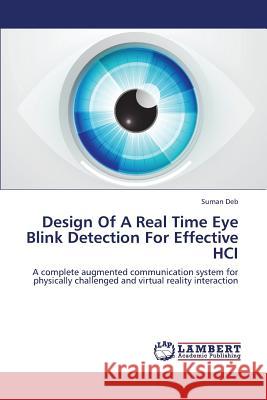Design of a Real Time Eye Blink Detection for Effective Hci » książka
Design of a Real Time Eye Blink Detection for Effective Hci
ISBN-13: 9783659356759 / Angielski / Miękka / 2013 / 100 str.
A sighted person primarily interacts with the world through visual input that is eye. It is natural to assume that information about what someone is looking at in any given moment would be influential in determining how that person interacts with the world. The notion that useful conclusions could be drawn from the movement of eyes has been around for well over a century. Knowledge of such interactions will be useful in designing a powerful, intuitive and effective user interface and consequently revolutionize human computer interface (HCI) design. For people with disabilities, computers can be an essential tool for communication, environmental control, education and entertainment. However traditional HCI is not suitable for person with disability. The custom solutions targeted for disabled persons are expensive and require wearing relatively complex gears. This work is motivated by the goal of providing an inexpensive non-contact eye based HCI for people with motor difficulties. A camera interfaced to a PC is used for blink detection and tracking the movement of the user. The algorithm developed for tracking eye location can also handle movement of the body and head of the user.











